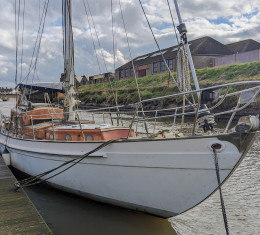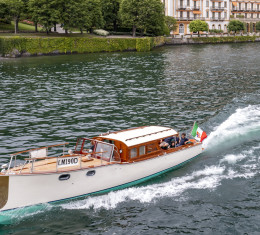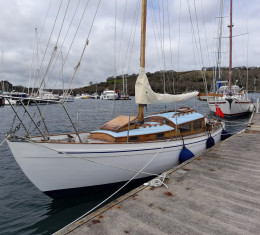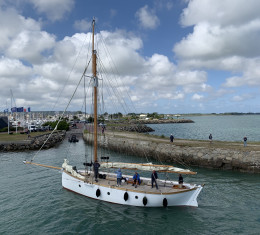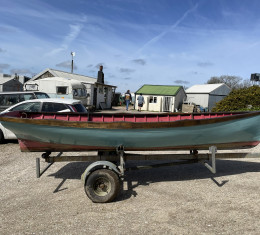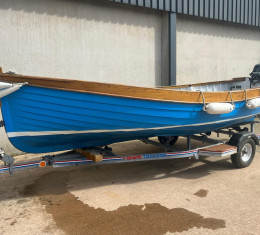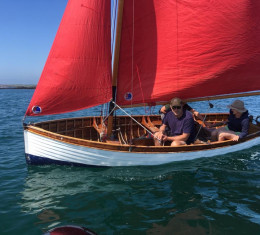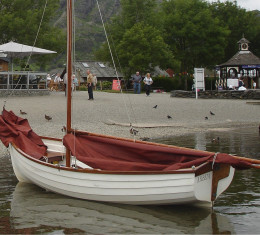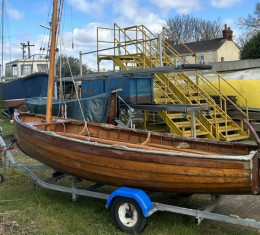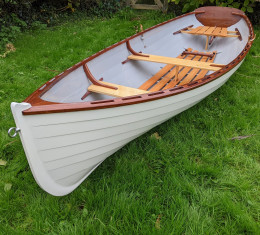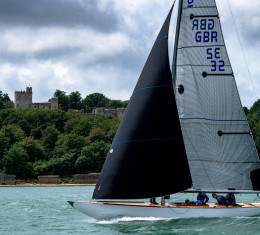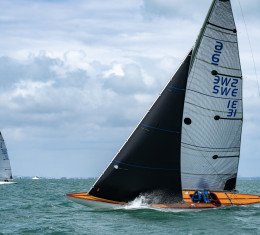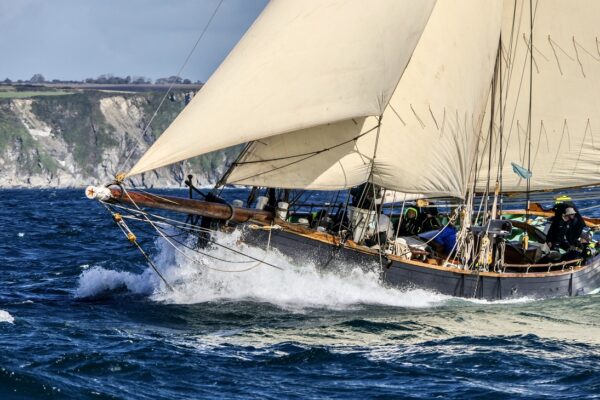Are we the only small business to note a wind shift in the air? It seemed to us in the months following the Lehman crash that, while everyone talked of recession and naughty banks were in the news, down here in darkest Devon we seemed to bowl along as normal.
By 2010 we started to notice the drop in business but by this time the news was that the worst of the storm is past, the bankers are paying themselves bonuses again and all is well with the world.
Here at Wooden Ships we were very aware that this recession had not yet even reached the man in the street.
Of course the penny finally dropped that the good times were over, we had had a ball for 15 years and now the truth was coming home to us that the high life was based on quicksands, borrowed money, government and personal.
On a commercial basis borrowed money has some real advantages especially when the tax system is structured to make it attractive but there seem to be very few good reasons for unsupported borrowing on a personal level. Without the personal contact that used to exist between a bank manager and his clients and with the incentive to extend loans to anyone who asked it was not surprising that some poor banking decisions were made. In a way you can’t blame the average bankers.
Real knowledge of their customers and their trades was replaced by the no-responsibility tick-box check and that was a decision taken at a very high level. Will those guys ever stand up to be counted?
People who buy wooden boats seldom borrow money to buy them. They appear by and large to buy, sail and play within their means.
There was a time when we had contacts in the marine finance business because we brought in some business but this has not happened for years largely because the marine finance world does not understand wooden boats, it is an unpredictable market with no clear and consistent values.
Values stated were often wildly wrong resulting in huge losses to the finance houses.
People sometimes bought an old wooden boat because they were cheap, that was all they could afford and this clientele proved to be a poor risk for the financier.
The result was that a very few bad cases gave the whole wooden boat world a bad name.
Add the easy money to be made on financing the ubiquitous and predictable new grp boats and finance for wooden boats collapsed.
Now we are all struggling in the mire of financial muddle, many owners of traditional boats with no finance hanging over their heads are feeling rather smug. We know that we are not subject to the whims of fashion and that provided we care for our yachts the values seem to remain fairly constant though of course the international fluctuations that we are experiencing at the moment can have a temporary effect.
The problem we are seeing regarding the ownership of boats at the moment is not so much the cost of the boat. It seems to us that the money is still out there, it has not disappeared and if you spend a big lump of money and buy a boat you still have the asset. However the running costs are spent money, gone. And it is the running costs which are putting people off buying, not the capital purchase funds.
Of course prices have slipped a bit with market pressures but as a seller, merely dropping the price of your boat will not guarantee a sale.
With the average of £5000 per year to keep your boat in a marina and the shortage of swinging or trot moorings – and even they are several thousand pounds a year – is it surprising that people are keeping their boats in France or Holland where berthing is so much cheaper?
And what does it really cost to make a tin of anti-fouling? And why is the tin of varnish with a picture of a yacht twice the price of the tin with a picture of a house?
Looking at our wooden boats from the distance of time, it is apparent that despite these figures, yachting was a relatively more expensive sport in the pre-war days than it is now.
There was a time when you owned your semi in suburbia, you had your Austin 7 motor car and a 2 ½ ton Hillyard and you had arrived!
The small east coast yards thrived on building small boats by the hundreds if not thousands. South coast and West Country fishing boat builders turned to building yachts.
The glossy magazines and the expensive hard cover books show us glamorous photos of the exotic big classic yachts but this is not the real world. Wonderful as they are, there were very few of them. In the real world a 35’ yacht was a big boat to own. Even for the better off a 30’ or even a 25’ yacht was a major investment and the norm.
In the 1960’s the number of yachts over 40’ built in UK could be almost counted on the fingers of one hand although of course there were a number of much larger motor yachts being produced.
Look at the old building lists and you will find the commissioning owners were people we would normally consider to be the better off and they were buying what we now think of as small yachts.
The interesting point is that these same people are now buying 40’ boats which must be a reflection partly of our wealth as a society and partly of the reduction in the cost of yachting.
As Maurice Griffiths used to say, “it’s a funny ol’ world.”

